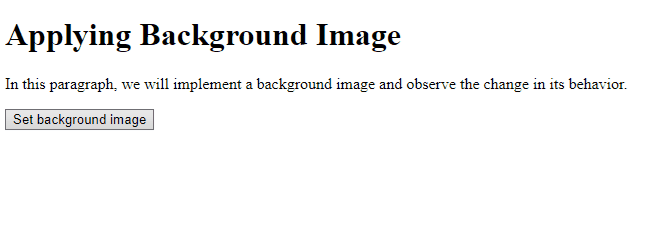


Note: script assumes you have sys, subprocess, threading and datetime python modules installed. I installed gnome-scheduler via the Add / Remove software from the RPi menu -> Preferences. I use gnome-schedule to set cron jobs - use whatever you are comfortable with. I set this script to run on every reboot. The Stats.csv file is used on a weekly basis in the creation of a graph. The R.dat and F.dat files are read every 15 minutes by another python script described in the next step. dat file as appropriate and appends the measurements to the Stats.csv file Waits for a measurement to be reported by the rtl_433 service.Starts up the rtl_433 service with parameters for using protocol 40 (Acurite 986), records in json format, and runs in quiet mode.If you use a different folder you will need to update the python script to reflect that.ĭownload the record_986.py script attached and place in your folder. I used /home/pi/Documents/FreezerProjects for mine. 10:50:39 : HIDEKI TS04 sensor Rolling Code: 9 Channel: 3 Battery: OK Temperature: 10.7 C Humidity: 34 %Ĭreate a folder for your project. Here is what my RPi reports when I run 'rtl_433 -G':.The Acurite 986 sends measurements every couple of minutes so you will have to wait to see the results. (Note: you will also see any other devices that transmit at 433 mHz). At this point, with the sensors in place in the refrigerator and freezer, the RTL dongle plugged into the RPi, you should be able to open a terminal window and run 'rtl_433 -G' and see the Acurite 986 send measurements.You may be able to substitute other sensors as indicated in the package documentation. I am using the Acurite 986 which is protocol 40. This package supports a fair number of sensors. Get and build / install rtl_433 from (may need to also install cmake).

I installed all 3 packages - tools, development files, and library.

Setup the Acurite temperature sensors according to the instructions provided with it.


 0 kommentar(er)
0 kommentar(er)
